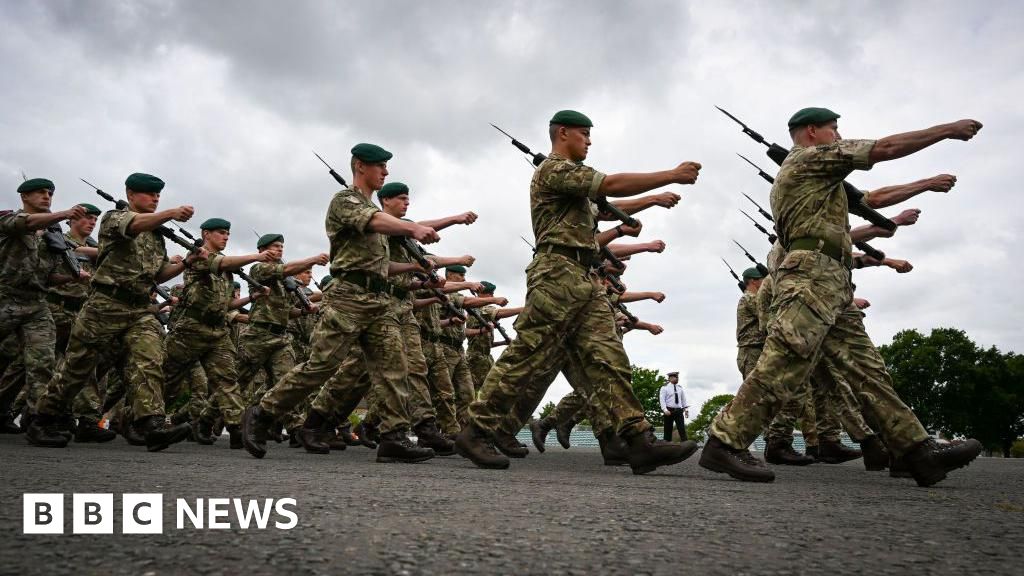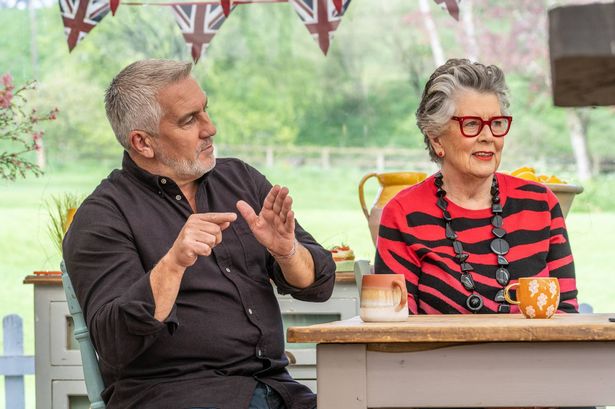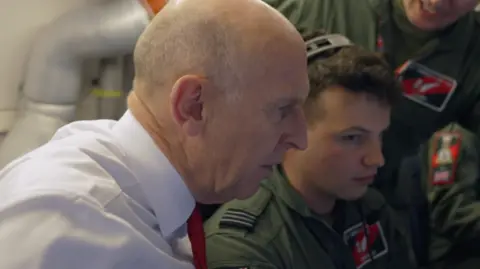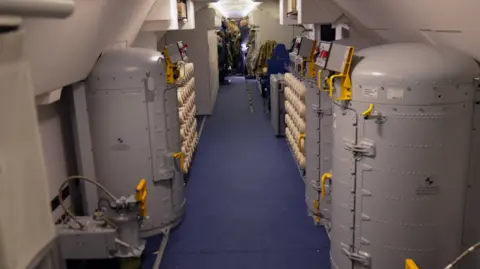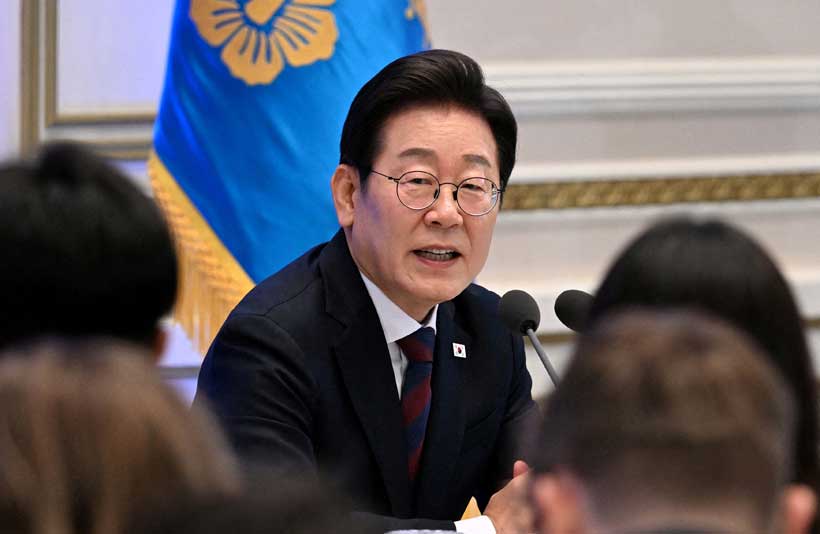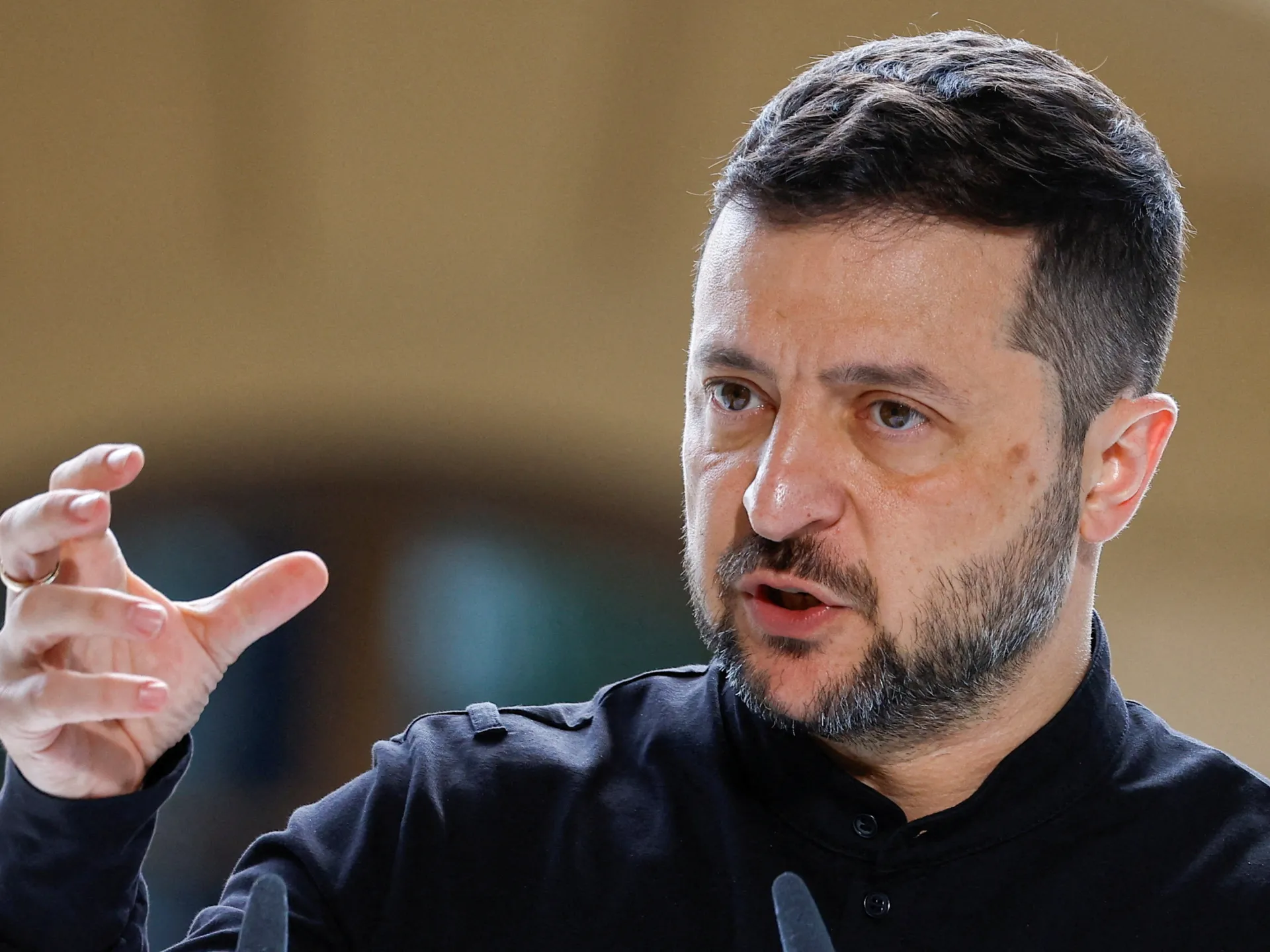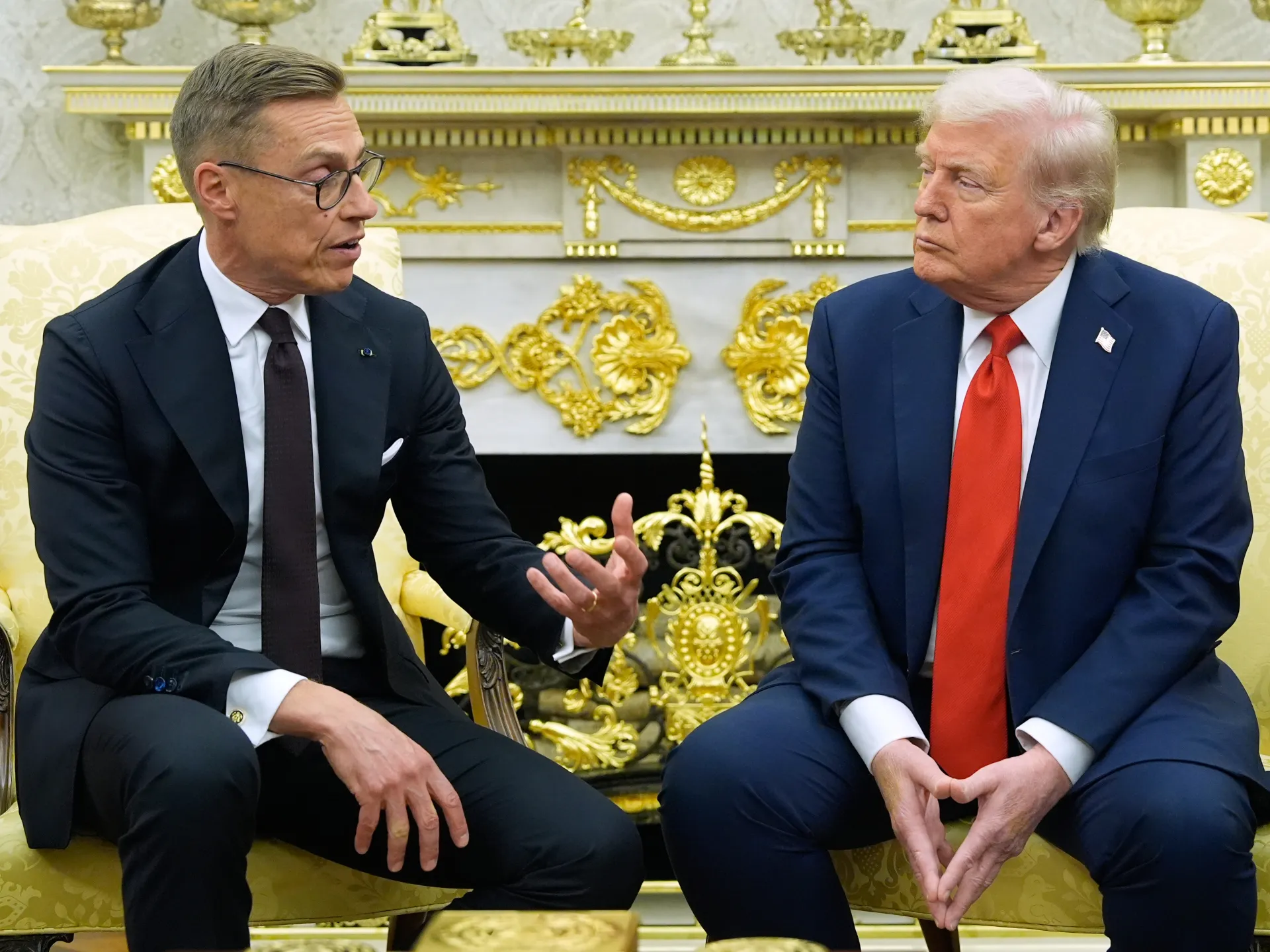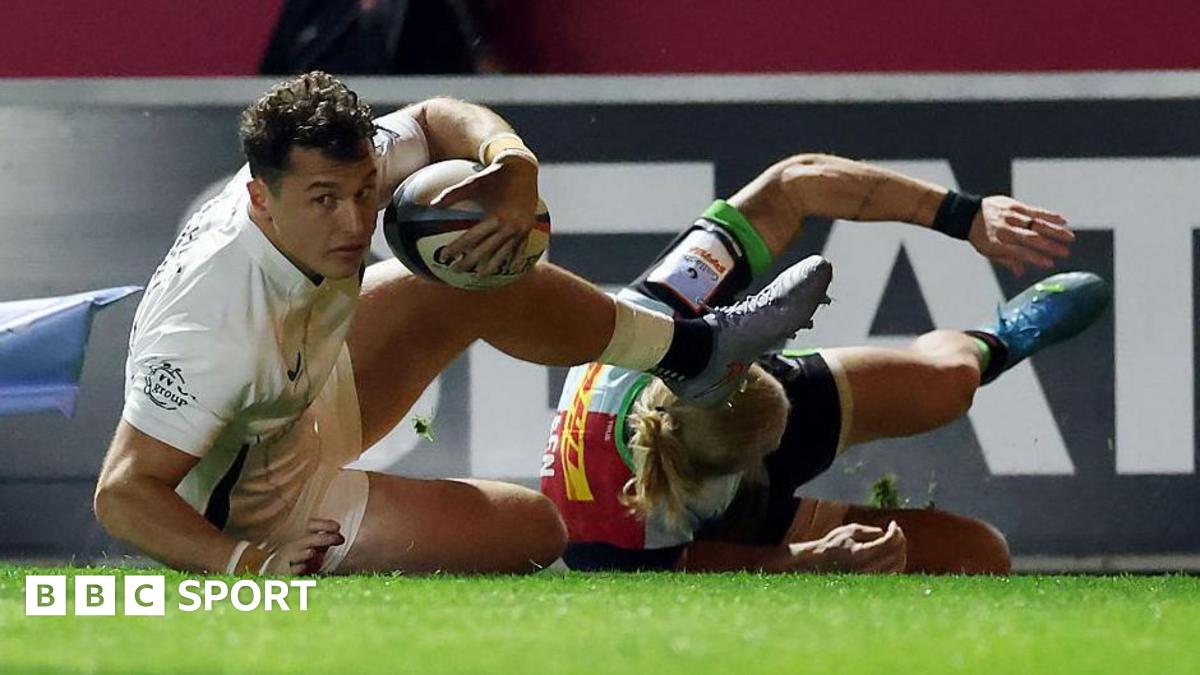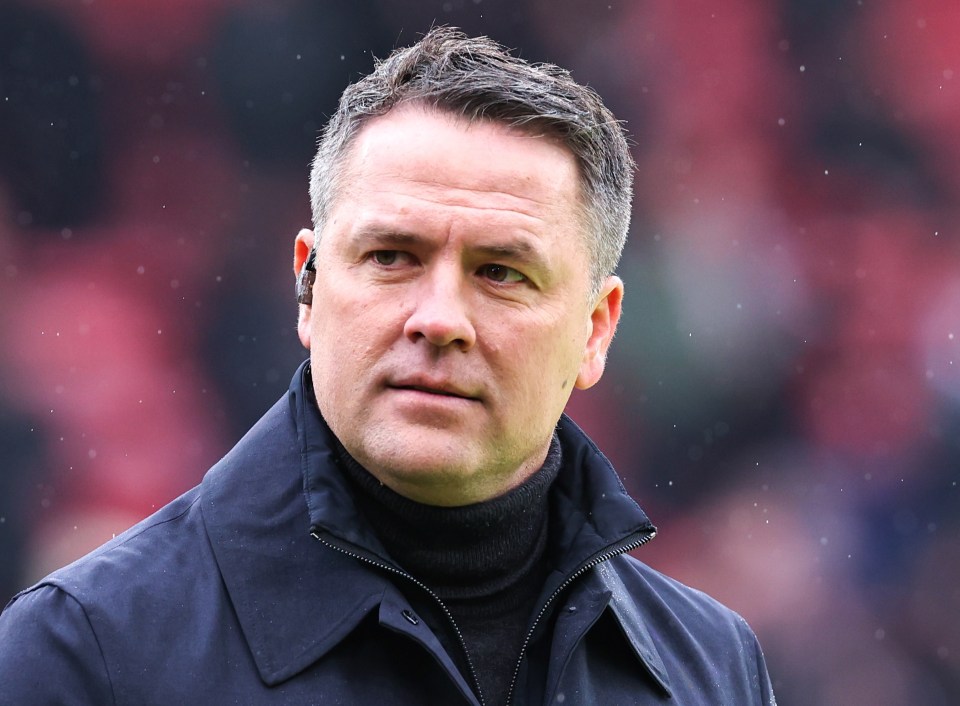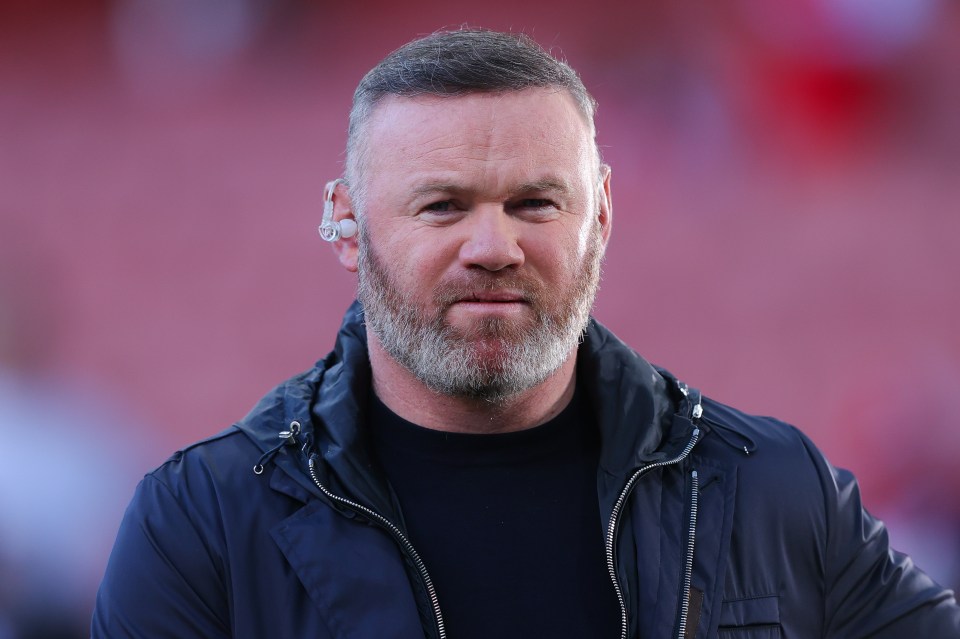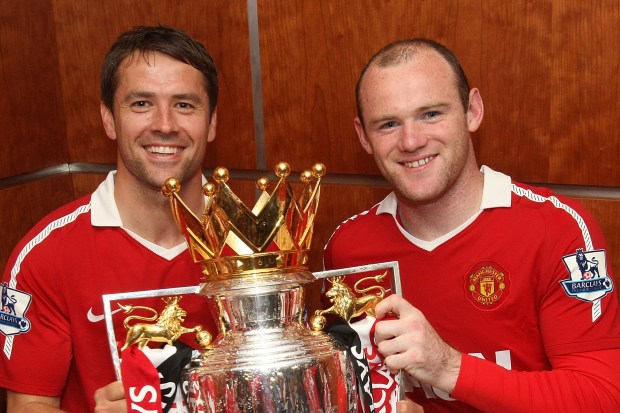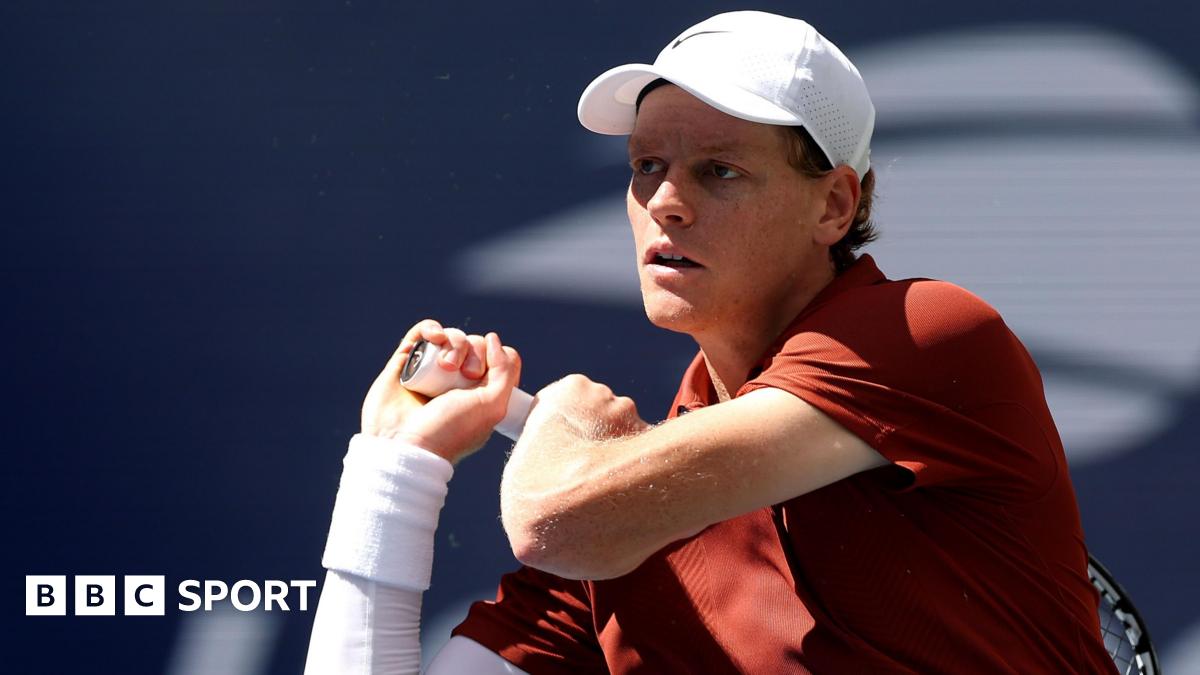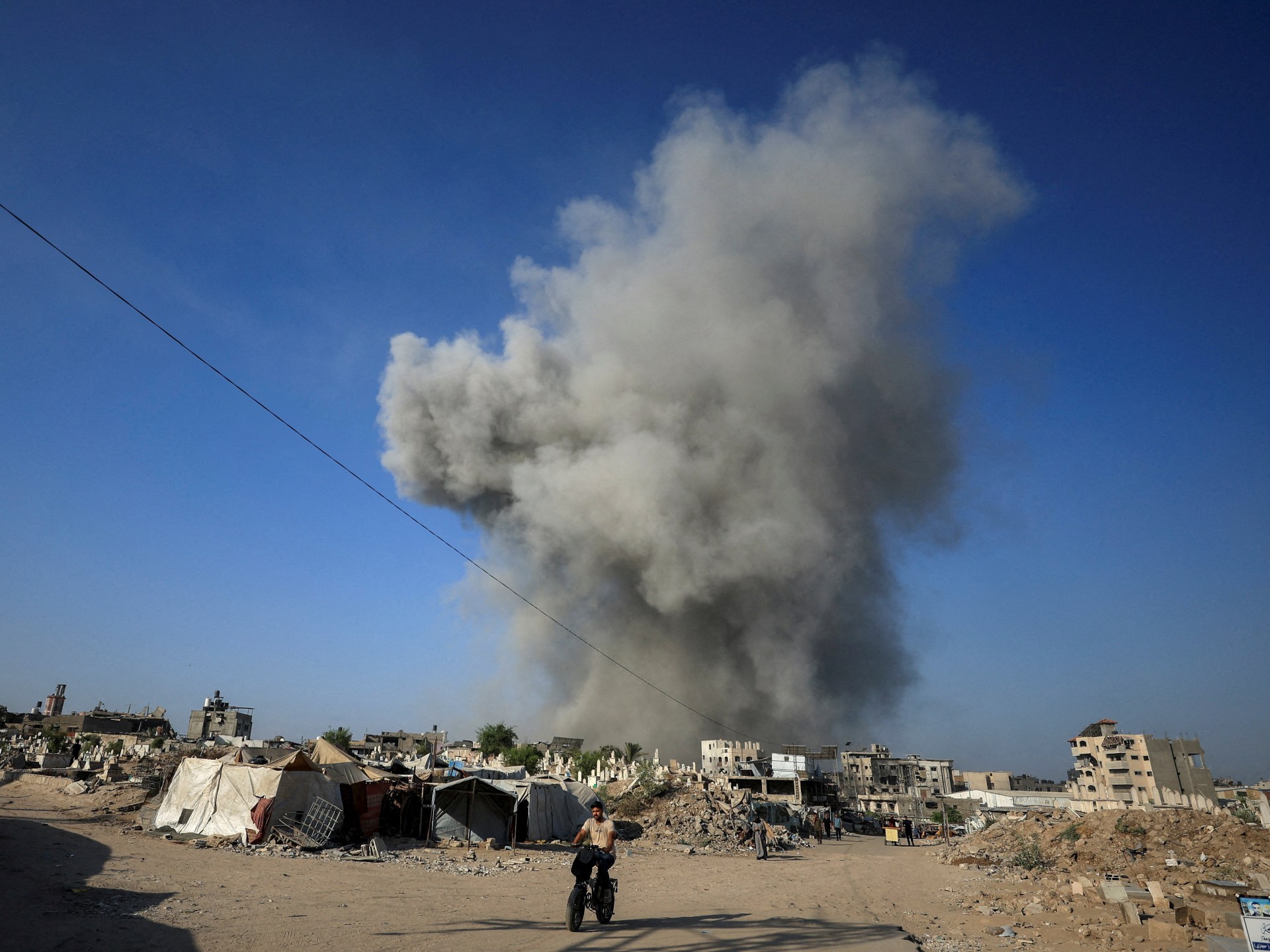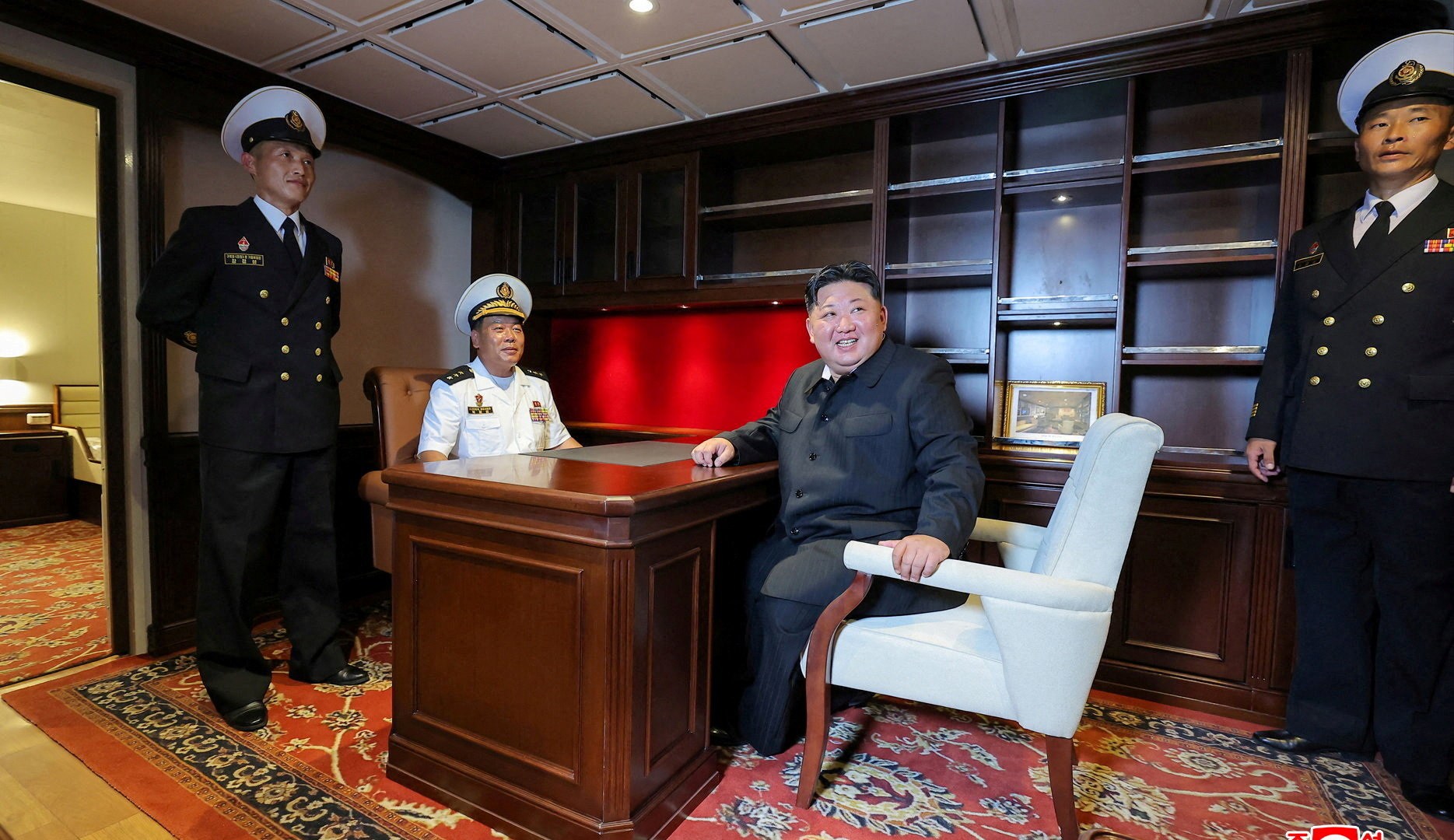The Great British Bake Off judges Dame Prue Leith and Paul Hollywood have opened up about their judging roles on the popular Channel 4 show and how they’re perceived by viewers
Prue Leith has leapt to the defence of her fellow judge, Paul Hollywood, over his so-called “horrible” image on The Great British Bake Off. Speaking from the iconic tent at Welford Park in Berkshire, the Bake Off judges shed light on their roles and how they’re seen by fans of the Channel 4 programme.
Prue, a South African-born restaurateur, pointed out that they’re perceived quite differently by the public, with her being seen as “kind” and Paul as “horrible”, but when it comes down to the brass tacks of scoring, they’re pretty similar.
The chef disclosed that their chat about the bakes in Cake Corner is generally to “inform and remind” the viewers, as, in reality, Prue and Paul could “do it in two seconds”.
Prue told Radio Times magazine: “The audience often say that I’m kind and Paul’s horrible, but if you look at our scores out of 10, we’re never more than one point apart. I think I’ve given one 10 in nine years… I can’t remember to who though!”.
She continued: “I used to say, ‘It’s not worth the calories’. That is my absolute judgment about any baking, because you know it’s full of fat and sugar, so: ‘Do I really want to eat this? Am I prepared to get fat?'”
However, it appears Prue had a change of heart regarding this particular remark, as people would say they “felt judged” for enjoying cake and thought she was being “fattist”.
Paul stated: “I’ve never given a 10, only a 9.5. A handshake is very close to a 10. These are amateur bakers, but if they get a handshake from me, it means it’s very professional.”
Prue added that Paul often claims he won’t be giving out any handshakes, but inevitably his hand will “come out” when a bake is so impressive that he “can’t resist”. She also mentioned the idea of her own version, the “Prue pat”.
In other developments, Paul, who has been on the show since 2010, reportedly showed a different side away from the cameras. Briony May Williams, who came fourth in the 2018 series, broke down in tears when “every element” of her showstopper went awry.
On the show, the chef labelled her creation “a disaster” as she “overcooked” the mirror glaze and was unfortunately left with uncooked pastry. However, Paul’s off-camera actions revealed a gentler side.
She disclosed: “I never got a [Paul Hollywood] handshake. I did, however, get a Hollywood hug off-camera when I was really upset about my cake on Cake Week, my showstopper, because it was really bad.
“I was upset, I was sat on my bench crying and I realised someone was stood behind me and I turned around and it was Paul.
“He gave me a really big hug and he said, ‘It’s okay it’s only a f*****g cake’. And yeah, that just really made me laugh.”
You can catch The Great British Bake Off: An Extra Slice on Channel 4 on Friday, October 24, from 8pm to 9pm.
